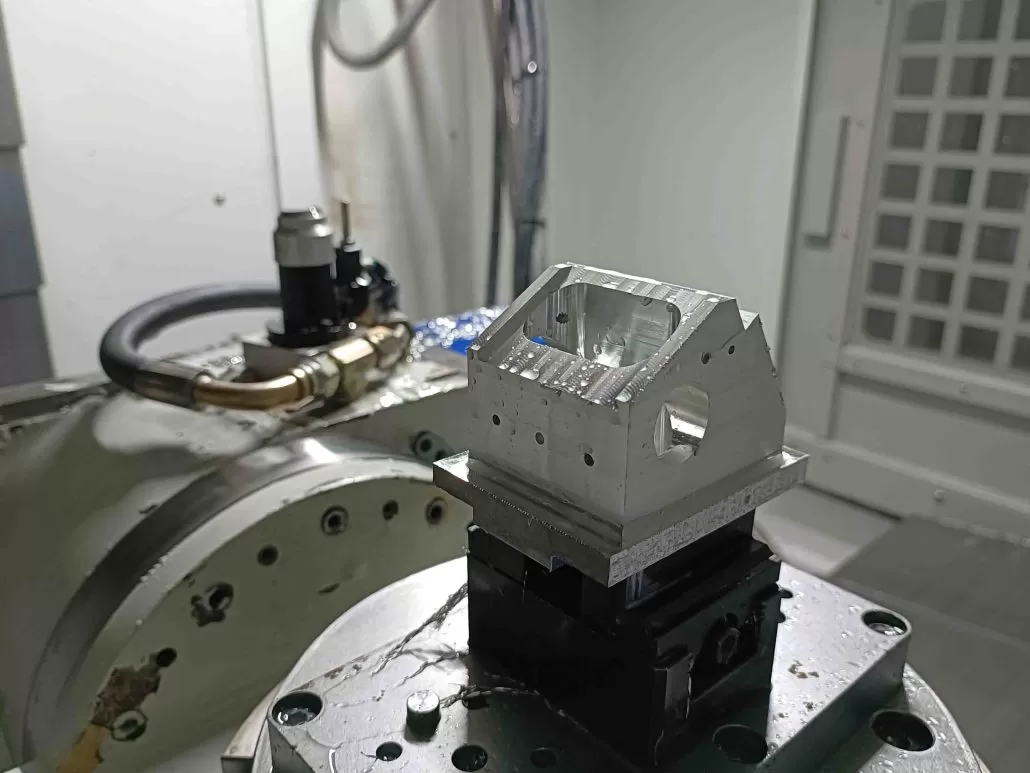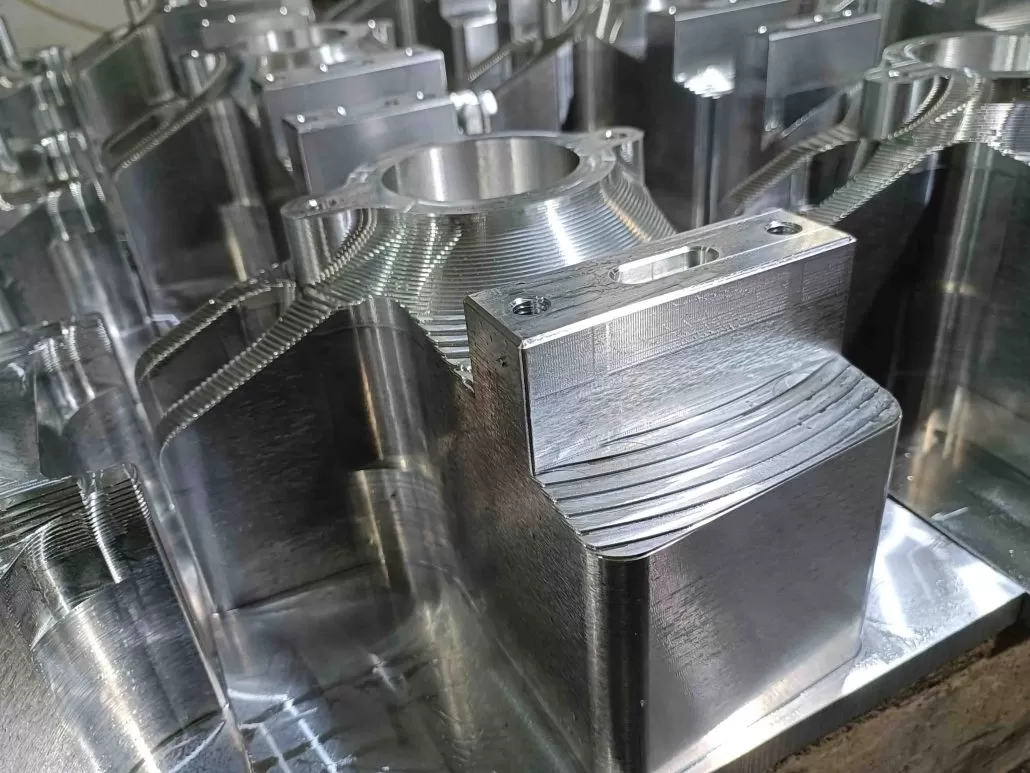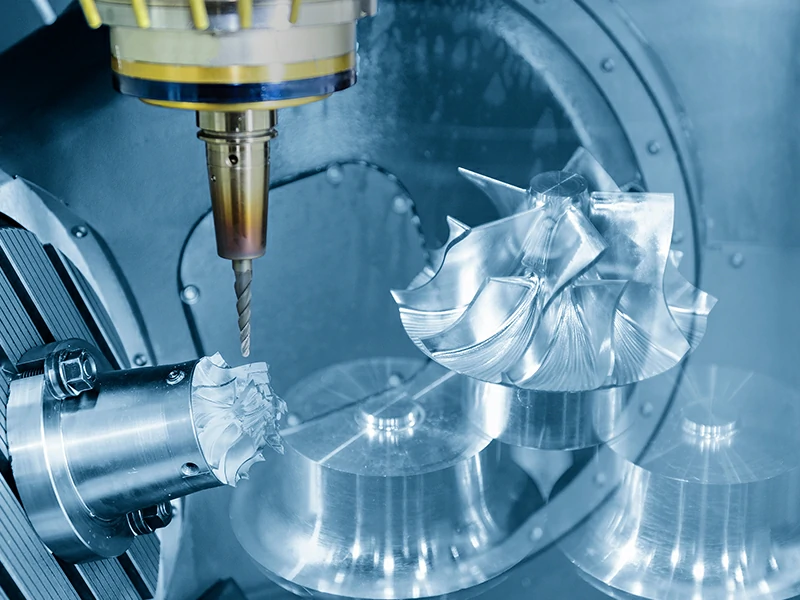This document provides instructions on how to calculate RPM and feed rate for CNC turning. It explains the importance of spindle speed in CNC turning and provides formulas for calculating RPM and feed rate. It also provides guidance on how to adjust for machine and material variables.
how to calculate rpm in cnc turning?
When it comes to CNC turning, the spindle speed is a critical factor that affects the performance and accuracy of the machining process. The spindle speed is measured in rotations per minute (RPM), and it determines the cutting speed, tool life, and surface finish of the workpiece. Here are the steps to calculate the RPM in CNC turning:

- Determine the Cutting Speed (CS) The cutting speed is the speed at which the workpiece material moves past the cutting tool. It is expressed in surface feet per minute (SFM) or meters per minute (m/min). To determine CS, you need to know the material being machined, the type of cutting tool, and the desired surface finish. Once you have this information, you can use a cutting speed formula to calculate CS.
- Convert CS to Revolutions per Minute (RPM) Once you have calculated the cutting speed, you can use it to determine the RPM needed to achieve the desired cutting speed. To do this, you need to use the following formula:
RPM = (CS x 4) / (Tool Diameter x π)
Where:
- RPM = revolutions per minute
- CS = cutting speed in surface feet per minute (SFM)
- Tool Diameter = diameter of the cutting tool in inches
- π = 3.14 (approximate value of pi)
- Adjust for Machine and Material Variables Keep in mind that the RPM calculated using the above formula is just a starting point. You may need to adjust the RPM based on a variety of factors, such as the rigidity of the machine, the material being machined, and the depth of cut. It’s also important to refer to the manufacturer’s recommendations for your specific machine and cutting tool.
By following these steps, you can calculate the RPM needed for CNC turning and ensure the best possible results for your machining project.

How to calculate feed for turning?
When it comes to CNC turning, the feed rate is another critical factor that affects the performance and accuracy of the machining process. The feed rate is the linear distance the cutting tool travels in one minute and is expressed in inches per minute (IPM) or millimeters per minute (mm/min). Here are the steps to calculate the feed rate in CNC turning:
- Determine the spindle speed (RPM) The spindle speed is a critical factor that affects the feed rate. Follow the steps in the previous section to calculate the RPM needed for your machining project.
- Determine the Chip Load per Tooth (CLPT) The chip load per tooth is the amount of material removed by each tooth of the cutting tool in one revolution. It is expressed in inches per tooth (IPT) or millimeters per tooth (mm/tooth). To determine CLPT, you need to know the material being machined, the type of cutting tool, and the desired surface finish. Once you have this information, you can use a chip load formula to calculate CLPT.
- Convert CLPT to Feed Rate Once you have calculated the chip load per tooth, you can use it to determine the feed rate needed to achieve the desired chip load. To do this, you need to use the following formula:
Feed Rate = CLPT x Number of Teeth x RPM
Where:
- Feed Rate = linear distance traveled by the cutting tool in one minute in inches per minute (IPM) or millimeters per minute (mm/min)
- CLPT = chip load per tooth in inches per tooth (IPT) or millimeters per tooth (mm/tooth)
- Number of Teeth = number of teeth on the cutting tool
- RPM = revolutions per minute
Keep in mind that the feed rate calculated using the above formula is just a starting point. You may need to adjust the feed rate based on a variety of factors, such as the rigidity of the machine, the material being machined, and the depth of cut. It’s also important to refer to the manufacturer’s recommendations for your specific machine and cutting tool.
By following these steps, you can calculate the feed rate needed for CNC turning and ensure the best possible results for your machining project.

How to calculate RPM for a CNC lathe?
To calculate the RPM for a CNC lathe, follow these steps:
- Determine the Cutting Speed (CS) The cutting speed is the speed at which the workpiece material moves past the cutting tool. It is expressed in surface feet per minute (SFM) or meters per minute (m/min). To determine CS, you need to know the material being machined, the type of cutting tool, and the desired surface finish. Once you have this information, you can use a cutting speed formula to calculate CS.
- Convert CS to Revolutions per Minute (RPM) Once you have calculated the cutting speed, you can use it to determine the RPM needed to achieve the desired cutting speed. To do this, you need to use the following formula:
RPM = (CS x 4) / (Tool Diameter x π)
Where:
- RPM = revolutions per minute
- CS = cutting speed in surface feet per minute (SFM)
- Tool Diameter = diameter of the cutting tool in inches
- π = 3.14 (approximate value of pi)
- Adjust for Machine and Material Variables Keep in mind that the RPM calculated using the above formula is just a starting point. You may need to adjust the RPM based on a variety of factors, such as the rigidity of the machine, the material being machined, and the depth of cut. It’s also important to refer to the manufacturer’s recommendations for your specific machine and cutting tool.
By following these steps, you can calculate the RPM needed for CNC turning and ensure the best possible results for your machining project.


